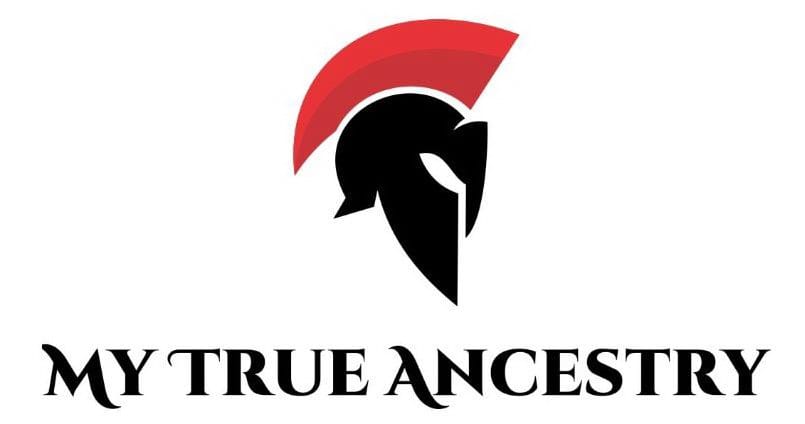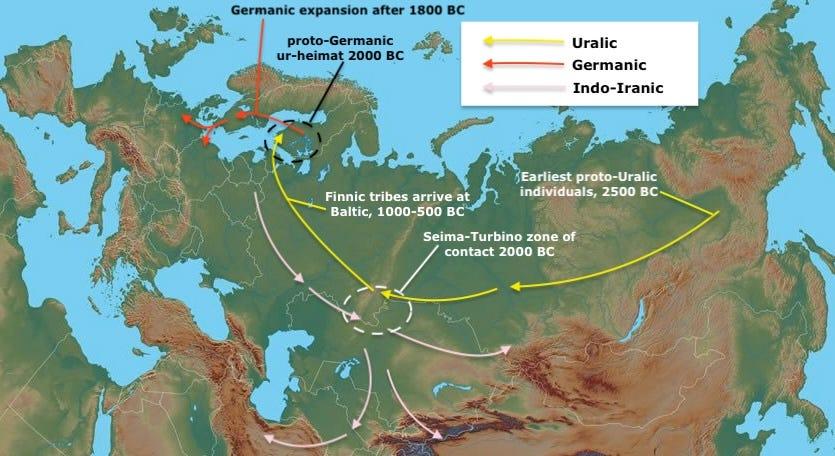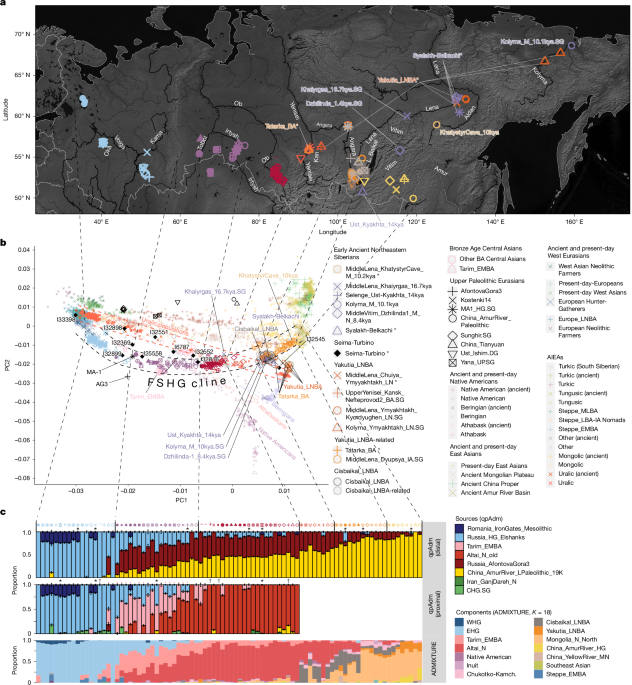Ancient DNA Unlocks the Mysteries of Northern Eurasia




An electrifying discovery has come to light, unraveling the deep history of Northern Eurasia through the lens of ancient DNA. International researchers have pieced together the genomic puzzle of Uralic and Yeniseian language-speaking populations, offering one of the most expansive genetic panoramas to date. This remarkable study, detailed in Nature in 2025, meticulously analyzed the genetic data from 180 ancient individuals spread across the vast forest and forest-steppe zones of North Eurasia, regions rich with ecological variety and cultural vibrancy.
The research paints a vivid portrait of ancient hunter-gatherer communities dating from 10,000 to 4,000 years ago during the Early to Mid-Holocene periods. Imagine tribal societies moving through dense forests and vast steppes, their narratives intertwined with the intricate patterns of migration and genetic exchanges that unfolded over millennia. These groups were involved in a dynamic dance of ancestry, from Europeans in the Baltic realms to East Asians in the Transbaikal regions, linked by continuous genetic threads.
Picture this: the rustic soils stretching from the Baltic to the Transbaikal regions, each hiding fragments of stories long buried. This study dives deep into the early to mid-Holocene, painting a vivid tableau of ancient humans living side by side with dense forests and sprawling steppes. Researchers are now able to trace the subtle blend of genes from European and East Asian ancestry, swirling together in what was once Northern Eurasian hunter-gatherers.
Throughout these narratives, one thing becomes abundantly clear: North Eurasia served as an exhilarating hub of cultural and genetic dynamism. From hunter-gatherers to sophisticated metalworkers, these communities shared more than tools and tales—they imparted linguistic roots and societal paradigms that resonate through time. The forest-steppes standing as the silent witnesses to this grand, shared history.
Finds from sites like the Seima-Turbino complex—a name that ricochets through the annals of archaeology for its advanced metallurgy—tell tales of technological mastery and intergroup interactions. The casting techniques and projectile points of the Seima-Turbino culture are not just remnants of a bygone metallurgy but markers of vibrant cultural exchanges, highlighting the human mobility that fueled the spread of such innovations. The graves associated with this phenomenon are treasure troves, revealing not only artifacts but also the mingling of Indo-Iranian pastoralist genetics with local hunter-gatherer ancestries.
During the Bronze Age, cultural and technological marvels envelop the region, lifted by the migratory waves of groups like the Yakutia Late Neolithic-Bronze Age population. This group, emerging from the Lena River Basin, entrenched themselves westward, entering the enigmatic realm of the Seima-Turbino phenomenon. Unearthed artifacts from this period—bearing splendid bronze craftsmanship—showcase advanced metallurgy, while recent DNA insights divulge a medley of ancestral profiles, linking these populations to Indo-Iranian pastoralists and other ancient communities.
Particularly captivating is the discovery of the so-called "off-gradient" populations in Northeast Siberia, laying claim to an ancestral lineage that parts from a shared ancestor with Native American groups. This sheds new light on the ancient corridors connecting Eurasia to the Americas. Around 4,000 years ago, members of the Yakutia Late Neolithic–Bronze Age population embarked westward from the Lena River Basin, seeding communities across the Altai-Sayan and West Siberian landscapes.
Among other revelations, Northeast Siberia's ancient groups stood distinct from the rest. Their lineage, intriguingly, serves as a genetic precursor to Native American peoples. As if echoing across the eons, this ancestral line affirms historical theories regarding migrations from Siberia to the Americas. Yet, it also unveils nuanced genetic unions with populations from Inland East Asia and the Amur River Basin, crafting two closely-knit populations with discernible cultural and linguistic markers.
In the realm of archaeology and history, the Yeniseian languages have always sparked intrigue and posed puzzles for researchers. These languages, with ties to the vast and mysterious forests of North Eurasia, have long been shrouded in enigma due to the lack of substantial archaeological narratives or detailed written records. The latest groundbreaking study, bringing into play the marvels of ancient DNA analysis, has illuminated the pathways traced by these language speakers many millennia ago.
A particularly thrilling revelation lies in uncovering the genetic gradient seen in ancient hunter-gatherers from the Early to Mid-Holocene, dating back 10,000 to 4,000 years ago. This gradient stretches from the Baltic in the west to Transbaikal in the east, hinting at the continuous intermingling of ancestries—ancient European in the west and East Asian in the east. It's like a genetic road map charting paths of interaction shaped over countless ages.
Enveloped in the verdant expanses of the North Eurasian forests and steppes lies a story as ancient as the hills themselves. These languages, oftentimes appearing enigmatic, find their origins intricately woven into the historical journeys and migrations of ancient communities. By employing advanced paleogenomic techniques, the researchers delved into the DNA of 180 individuals who called North Eurasia their home between 10,000 to 4,000 years ago.
Imagine, if you will, the intricate casting techniques and weaponry that leapfrogged across Eurasia, propelled not just by a thirst for innovation but through a bustling web of human interaction. The graves of the Seima-Turbino complex, from whence the bones of 16 ancient individuals in this study emerged, serve as mosaics of diverse ancestries—each piece reflecting the cultural fires stoked by migration and intermingling.

Comments